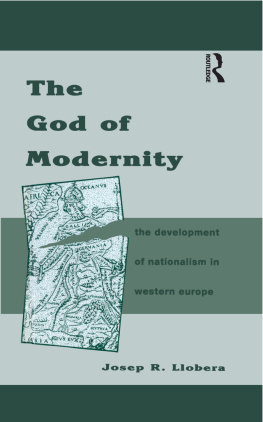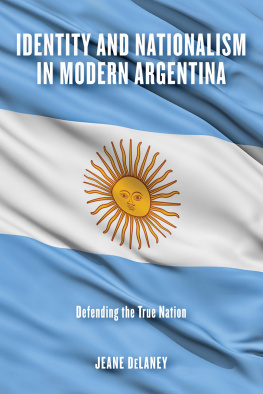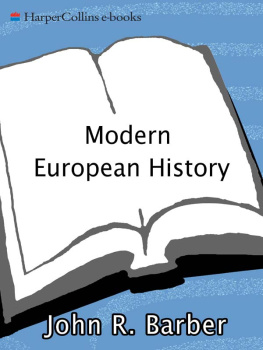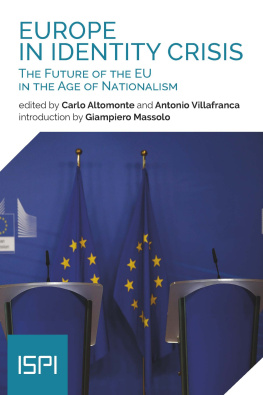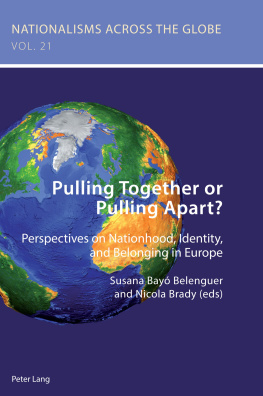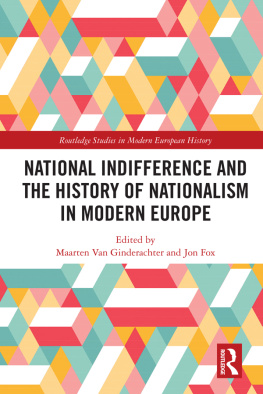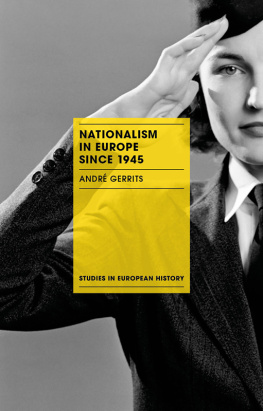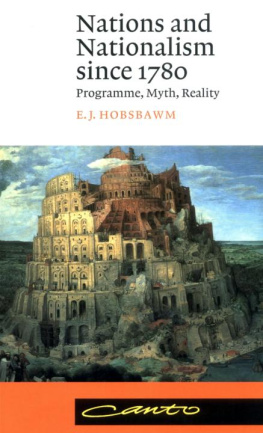On March 11, 1882, Ernest Renan delivered a lecture at the Sorbonne in Paris that, while largely overlooked during his lifetime, has subsequently come to assume a central place in virtually every academic study of nationalism. Entitled What Is a Nation?, the lecture was formulated as a brief reflection on French attitudes toward France itself in the aftermath of the countrys stunning defeat in the Franco-Prussian War, the previous decade. Many of the ideas and phrases introduced that day by Renanthat the nation represents a daily plebiscite, that the nation is created through a voluntary act of identification on the part of its constituents, that historical forgetting is as important for a nation as commemorationhave become indispensable hallmarks in the scholarly literature on nationalism. At the time of the Sorbonne lecture, however, Renan was best known not as a theorist of nationalism but as the author of a best-selling and controversial history of the life of Jesus, which was published in 1863 and almost immediately translated into a number of other languages.
Renan was a polymath, and the study of nationalism since Renans day has been a truly interdisciplinary affair, with generations of sociologists, anthropologists, and political scientists employing an impressive array of theoretical tools to analyze and compare the development of nationalism across vast expanses of space and time. For all of the sophistication of these analyses, however, it is my contention that nationalism cannot be understood fully in abstract isolation from the specific temporal and geographical contexts in which it is manifested, much in the same way that musical harmony cannot be grasped if one note is singled out for examination at the expense of surrounding notes. So the text at hand approaches nationalism from a specifically historical perspective, emphasizing context and prioritizing descriptive narrative. In that sense, it differs not only from theoretical approaches in the social sciences more generally, but also from many accounts written by historians. It is hoped that this approach will be of benefit not only to history students and interested lay readers but also to students in more theoretically inclined disciplines who, against the introductory backdrop provided here, can proceed to engage in more analytical and schematic pursuits with a firmer empirical grounding. The text also strives, particularly in the notes, to point readers to some of the most significant features in a vast and ever-expanding historiographical landscape. The scope of the literature and the intended readership of this book have led to an emphasis on English-language works, although some reference will be made to major works in other European languages.
But before beginning the narrative journey through the history of nationalism in modern Europe, a few words of contextualization are in order regarding our object of study and the ways in which scholars have approached it over the decades.
Definitions and debates
Nationalism, put in simplest terms, is a form of group identity rooted in a powerful sense of belonging, a sense so compelling that, when fully While humans have for millennia organized themselves into various collectivitiesranging from families and clans to tribes and kingdomsnations are in fact quite recent in origin (this point is disputed by some scholars, as will be discussed below). Despite drawing much of their appeal from a largely artificial sense of primordial self-evidence, nations are essentially products of the modern era, the period beginning in the late eighteenth century. They are no less real for being imagined and no less modern for appearing ancient.
Yet as Ernest Gellner noted, nationalism is also a political principle, which holds that the political and the national unit should be congruent.
It must be remembered, though, that religious forms of attachment did not simply disappear in the face of modernization and secularization, and thus the interplay between religion and nationalism remained complex throughout the entire period under examination here.
It is important not only to place nationalist ideals within the context of religious attachments but also to examine their interaction with other markers of identity, such as gender. The success of nationalist discourse often stemmed from (and depended on) its ability to co-opt alternative modes of attachment and to mobilize them in the service of the nation. Rather than melting away, religious identity, gender, and even regionalism became, in themselves, central stages (and, at times, battlefields) on which rival conceptions of nationalism played out and were contested. Often, especially early in the lives of nationalist movements, this co-optation process involved the masking of particularistic self-interest and egocentrism under a veneer of universal humanitarian virtue. Political leaders have often found that it is difficult to inspire fervent devotion through crass appeals to selfishness alone, and universalism usually tastes better going down than unadulterated chauvinism. The fact that, at least early on, leading nationalist advocates themselves often believed the soaring idealistic rhetoric only intensified the appeal and the effectiveness with which fervor for the national idea penetrated among their followers.


